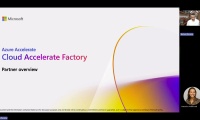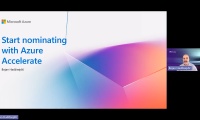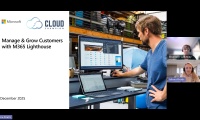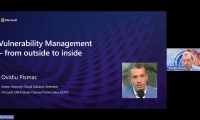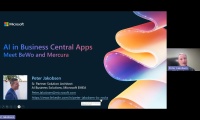You've probably already heard quite a bit about the Power Platform. You've might even have watched a few feature-oriented demos and read a few articles on the web. But you still have questions, and you want to learn more about how you can utilize the Power Platform from a real-world practical perspective.
We will take you through the basics of the Power Platform, covering both theoretical and practical aspects - all being applied to simple yet powerful business scenarios. There will be lots of demos!
Module 1: Dataverse.
Dataverse is really, really important! But what is it, and how do you utilize it? Based on a real-world scenario, we'll be creating tables and columns to store our data. We'll even import data to our tables using external REST APIs. We'll also be creating relationships between both standard tables and custom tables.
Module 2: Model-driven apps.
Based on the scenario in Module 1, we'll create a model-driven app that allows us to interact with our data using forms, filter our data (views) and visualize our data (charts and dashboards).
Module 3: Canvas-apps.
Based on the scenario in Module 1, we'll create a specialized/simplified app (canvas app) that allows us to interact with our data using a mobile phone or a tablet. We'll also explore some of the advanced capabilities offered in canvas apps, which include camera / barcode scanning and pre-built AI Builder models.
Module 4: Automations.
Based on the scenario in Module 1, we'll create automations (cloud flows) that retrieve information from Dataverse and send e-mails to selected recipients. We'll extend one of the flows to utilize AI Builder models - to automatically detect and trigger further actions based on negative customer sentiment. We'll look at how instant flows can be utilized with canvas apps and explore some of the available connectors. Finally we'll also take a brief look at the Robotic Process Automation (RPA) features in the platform and Power Virtual Agents (PVA).
Module 5: Summary - and a few other topics worth mentioning.
We'll summarize what we've learned, and mention a few other components you should be aware of (including Power BI and Power Pages). We'll also point to some valuable resources where you can continue your learning journey.


